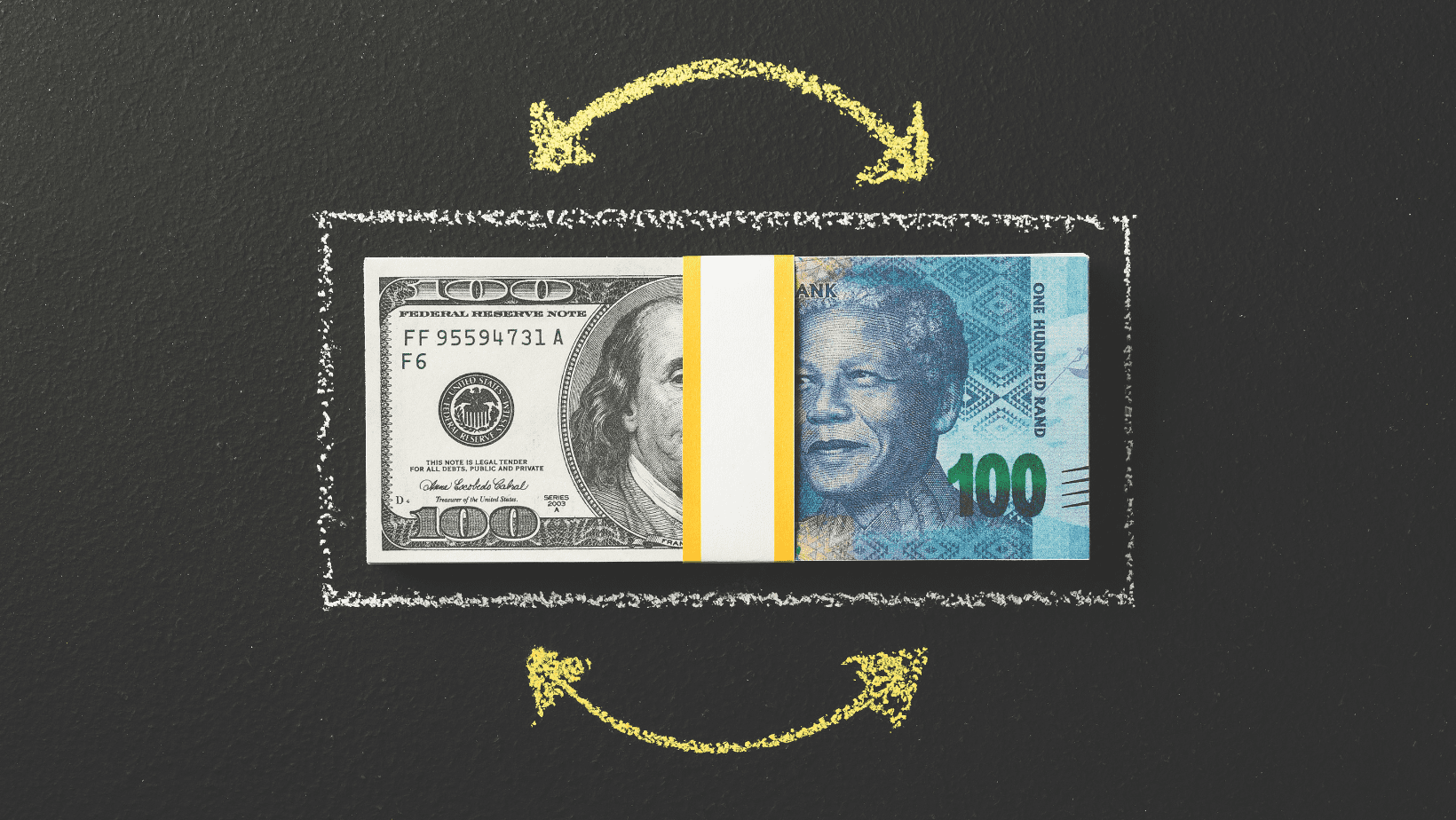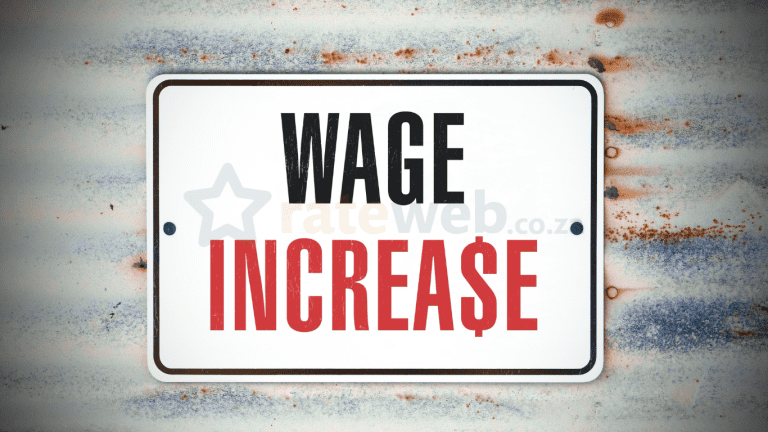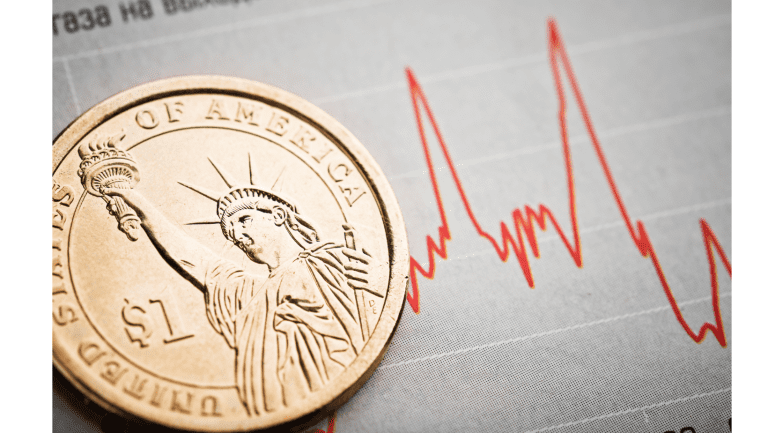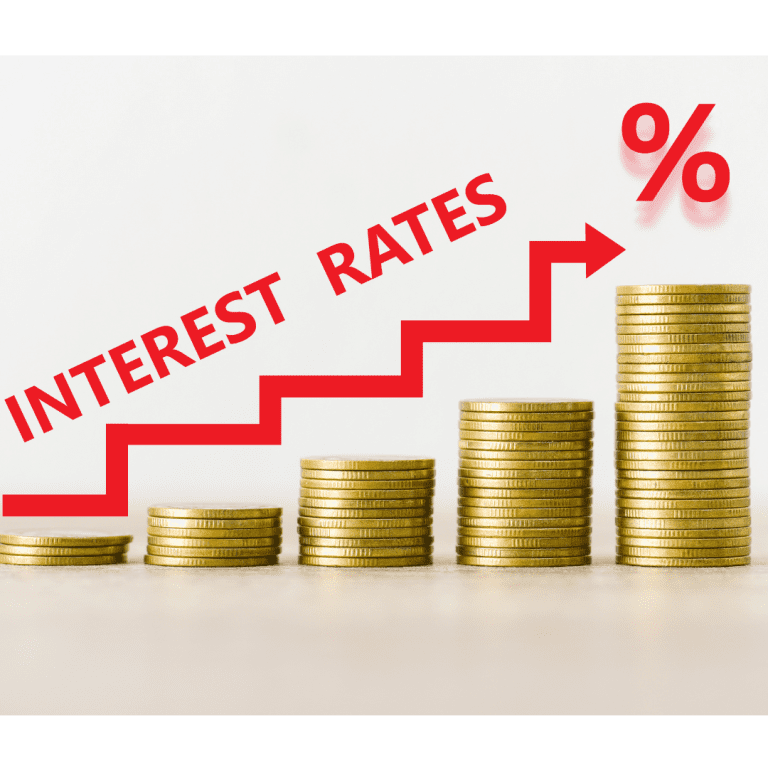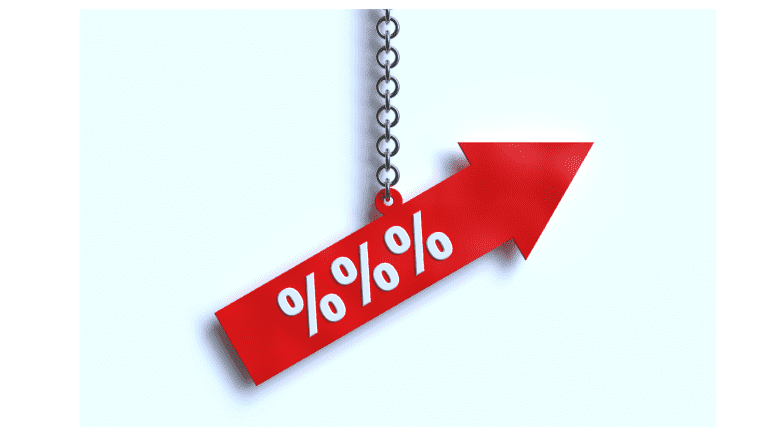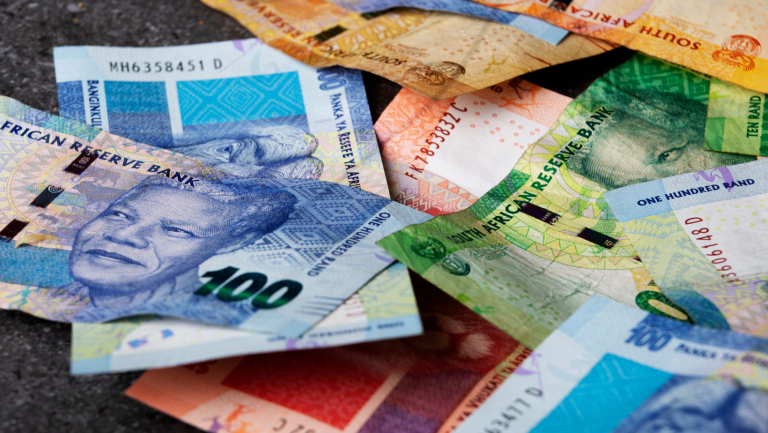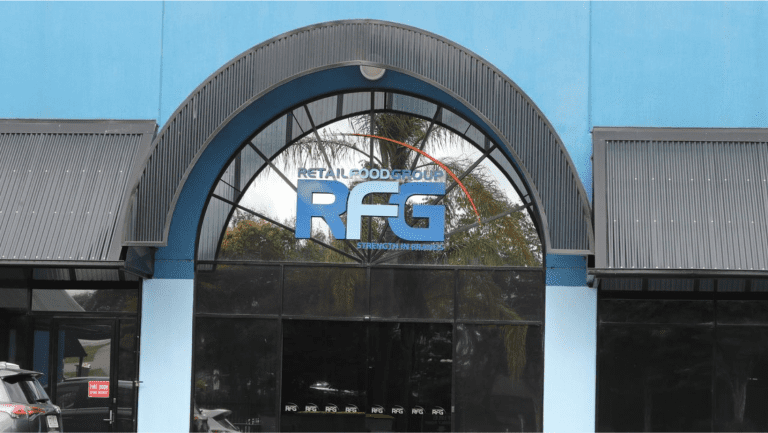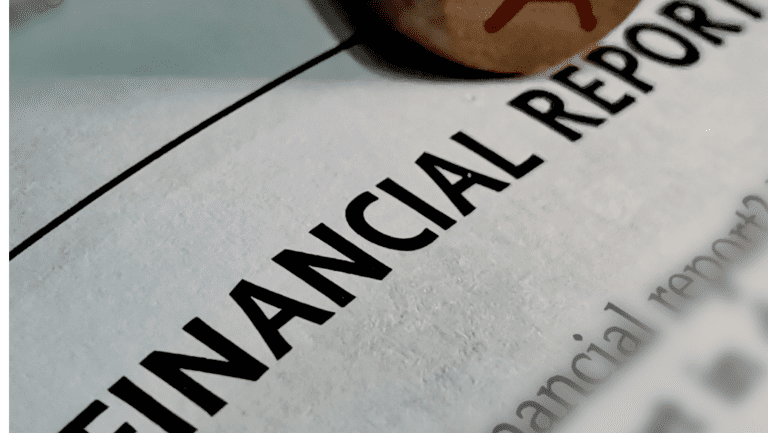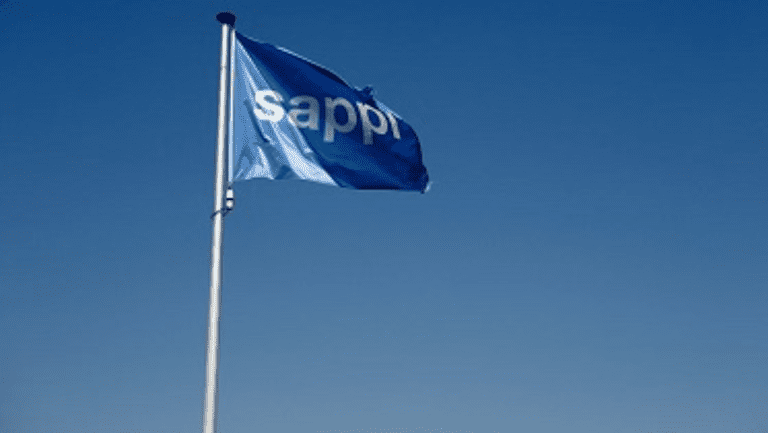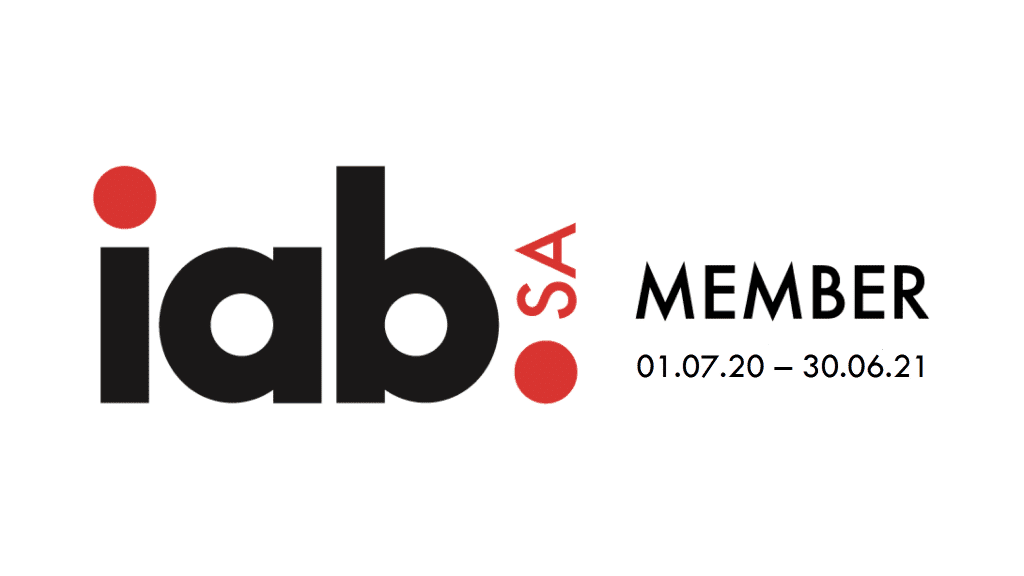- The South African rand continues its decline against the US dollar and euro, driven by depressed investor sentiment towards South Africa due to domestic political and economic challenges.
- The US dollar’s strength, resulting from the Federal Reserve’s hawkish stance in response to inflation and economic recovery, has increased pressure on the rand, making it less attractive to investors.
- The weakening rand could lead to higher import costs and inflation, potentially causing a decrease in Foreign Direct Investment (FDI) and impeding South Africa’s economic recovery. Solutions include political stability, public debt management, and governance reforms.
The South African rand suffered another week of lows against the US dollar and euro, with continued depressed investor sentiment and a stronger US dollar exerting persistent pressure on the local currency, according to the latest Weekly report released by the Bureau for Economic Research (BER).
On Monday morning, the BER released its weekly analysis of important global and domestic financial market and economic data developments from the past week. This short report underlined the continued woes of the South African rand, which, following a pummelling to new lows the previous week, remained on the back foot.
Investor Sentiment Still Depressed
The continued devaluation of the rand can be partly attributed to depressed investor sentiment towards South Africa, driven by a series of own goals in recent weeks. Domestic political instability, concerns over public debt and governance issues in key state-owned enterprises (SOEs) have raised significant alarm among international investors.
The perception of heightened risk has seen a withdrawal of investment in South Africa, with a flight to safety in more stable economies. This exodus of capital has contributed to the weakened position of the rand and is a concerning trend for the health of the national economy.
Strengthening US Dollar Adds to Pressure
The strengthening US dollar further exacerbated the struggles of the rand. The dollar’s recent surge can be attributed to the US Federal Reserve’s hawkish monetary policy stance. The central bank has signaled a higher interest rate trajectory in response to rising inflation and robust economic recovery, which has boosted the appeal of dollar-denominated assets.
A stronger dollar typically translates to a weaker rand, as investors exchange their rands for dollars to capitalise on higher returns, putting downward pressure on the local currency.
The euro also had a solid week, backed by strong economic data coming from the Eurozone, notably Germany and France, which reported better-than-expected GDP growth figures for the first quarter of 2023.
Implications for South Africa’s Economy
The declining rand could potentially have far-reaching impacts on the South African economy. One of the immediate concerns is the increase in the cost of imports, which could lead to higher inflation rates. This might prompt the South African Reserve Bank (SARB) to adjust its monetary policy, which currently aims at supporting economic recovery.
Additionally, a weak rand makes foreign investment more expensive, which could lead to a decline in Foreign Direct Investment (FDI). This lack of investment could limit economic growth and development opportunities, further stifling economic recovery in the post-pandemic world.
Looking Ahead
The BER report highlights the challenges the South African rand faces in the current global and domestic financial landscape. While the strengthening US dollar might be a temporary influence, depressed investor sentiment due to domestic issues represents a more long-term concern.
For the rand to stabilise and recover, it’s essential that South Africa addresses the underlying issues affecting investor confidence. Measures could include ensuring political stability, addressing concerns over public debt, and implementing governance reforms in key SOEs.
With these measures, the South African economy might start to regain the trust of international investors, leading to an increased influx of foreign capital, which could help stabilize the rand. Until then, the currency’s struggles may well continue.
The BER will continue to monitor these economic developments closely and provide its detailed analysis in the forthcoming weekly reports.


